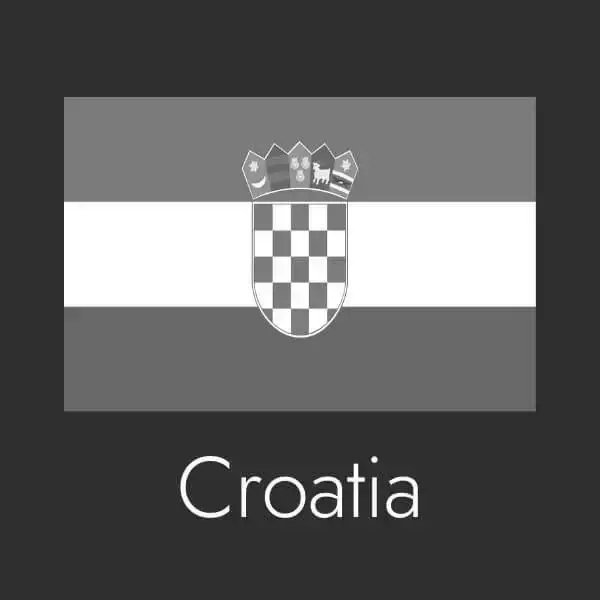Resilient Early Warning Systems in Small Island Developing States
 Resilient Early Warning Systems in Small Island Developing States" />
Resilient Early Warning Systems in Small Island Developing States" />
The International Conference on Disaster Resilient Infrastructure (ICDRI) took place in Nice on June 6–7, 2025. Organized by the Coalition for Disaster Resilient Infrastructure (CDRI), the event brought together global leaders and experts in the field of infrastructure resilience.
The CDRI published a call to action, urging the development of resilient infrastructure in small island developing states (SIDS), highlighting the urgent need for universal early warning coverage by 2030:
- Extreme weather erased 226% GDP in some island nations.
- Resilient infrastructure is essential, not optional, for SIDS survival.
- Finance systems must adapt to meet SIDS infrastructure needs.
- Localized building codes should reflect island-specific hazards and capacities.
- Unified data platforms improve planning, alerts, and investment readiness.
- Tie concessional finance to certified resilient infrastructure compliance standards.
During the Data and Technology session, Charlotte Cardona was invited to speak about the importance of centralized early warning systems that enable multiple stakeholders to contribute data and expertise. This capability is particularly critical in geographically dispersed and remote territories where infrastructure and capacity are often limited.
From Public Warning Systems (PWS) to Multi-Hazard Early Warning Systems (MHEWS)
Traditionally, public warning systems (PWS) follow a three-layer architecture: when a public authority creates an alert in the application solution and hits the “send” button, it goes through a mediation layer, which dispatches the alert using pre-defined parameters (such as communication channels, geographic area, and alert level) to the appropriate broadcasters.

However, public alerting alone is not enough, especially for small islands facing frequent and severe weather-related hazards. To strengthen resilience, risk detection and rapid response capabilities must be integrated into what’s known as a Multi-Hazard Early Warning System (MHEWS). Expanding the architecture with a cloud-based mediation layer enables greater flexibility, scalability, and stakeholder engagement.
Cloud-based MHEWS: a mutualized approach for SIDS
In Small Island Developing States, Intersec recommends mutualized, cloud-based multi-hazard early warning systems to unify early warnings, public alerting, and emergency response in a cost-effective and sustainable way.
Key Benefits:
- Data Sharing: Cloud-based systems can integrate a wide array of data sources, including IoT sensors, earthquake detectors, meteorological agencies, local and regional data providers, industrial sites’ own data, etc. These stakeholders contribute critical, real-time insights and can, if validation protocols allow, trigger real-time early warnings, such as for earthquakes, for instance.
- Governance: The use of pre-defined validation workflows and standardized protocols, such as the Common Alerting Protocol (CAP), ensures consistency, reliability, and compliance across regions and stakeholders.
- Control, security, and maintenance: Cloud-based platforms offer higher levels of security, with built-in safeguards, regular updates, and centralized oversight. They are easier to monitor and maintain, ensuring that alerts remain timely, trustworthy, and protected from unauthorized access.
- Efficiency through AI: During a crisis, decision-makers may not be tech experts. They need the interface to be intuitive, they need guidance, reassurance, templates. Cloud-based AI assists users in verifying data, crafting alerts, and ensuring messages reach everyone at risk, even in remote areas.
- Cost savings: A mutualized solution allows for a single cloud deployment that scales as needed. Stakeholders can join over time, without requiring a new deployment in every State. This approach is especially critical for regions with limited resources.
Training and exercises: a key success factor
In her session, Charlotte also showcased the French public warning system, FR-Alert, as a successful example of a centralized system. It integrates multiple alerting technologies (cell broadcast, location-based SMS, etc.) and has been rolled out across 19 mobile network operators and all relevant public authorities in both mainland France and overseas territories.
Here's an example: During a cyclone in La Réunion in February, a red alert was issued with clearly written instructions available in multiple languages.

Since its launch in 2022, FR-Alert has issued more than 350 real alerts and conducted numerous exercises. These exercises have been crucial in training public authorities, especially in regions with limited infrastructure, and in raising community awareness, even in the most remote and vulnerable locations.
One of FR-Alert’s key success factors is the use of a structured alert format that includes six core elements:
- Sender
- Nature of the hazard and its expected impact
- Geographic location
- Timeframe
- Clear instructions
- Links for additional information
These elements must be practiced and customized for each territory and hazard type. Alerts should use simple, direct language to ensure comprehension by the entire population.
To conclude, Small Island Developing States face unique challenges in disaster preparedness and response. By adopting centralized, cloud-based MHEWS, supported by structured training and inclusive stakeholder collaboration, these nations can significantly enhance their resilience to future hazards. At Intersec, we have the expertise and experience to accompany SIDS in such projects. Feel free to reach out to our team.
To learn more:
CDRI announced "Ten concrete actions to unlock finance and build resilient infrastructure (2025-2034)"
Intersec GMLC
High-quality Android, iOS, or hybrid solutions translated into great results.
”Marie Dupont
CEO
.jpg)
Editorial team
LinkedinThe Intersec editorial team is made up of professionals who share expert insights on AI-powered innovations, mission-critical communication solutions, and 5G location intelligence across civil protection, homeland security, and telecommunications.









.webp)


.webp)




















